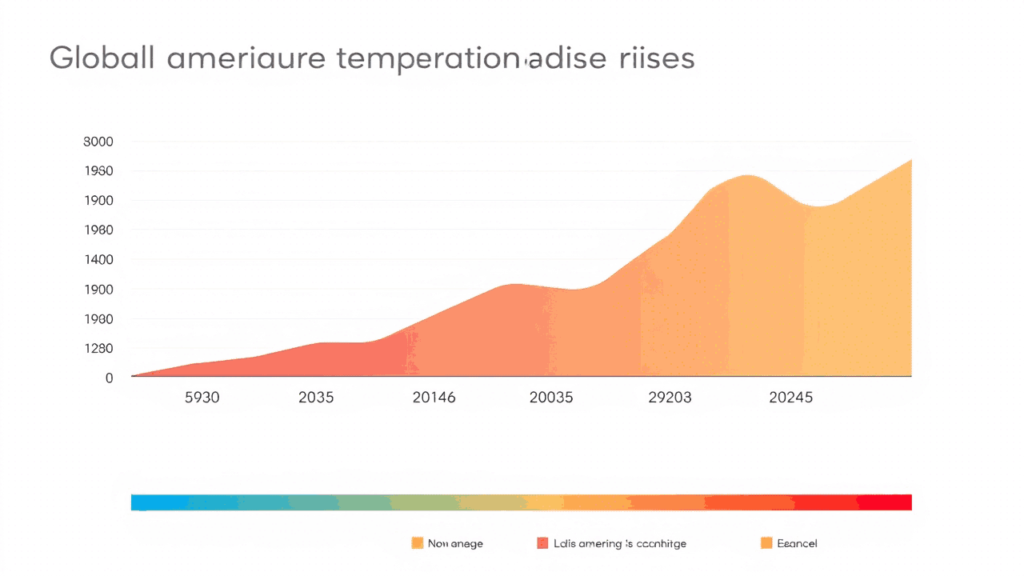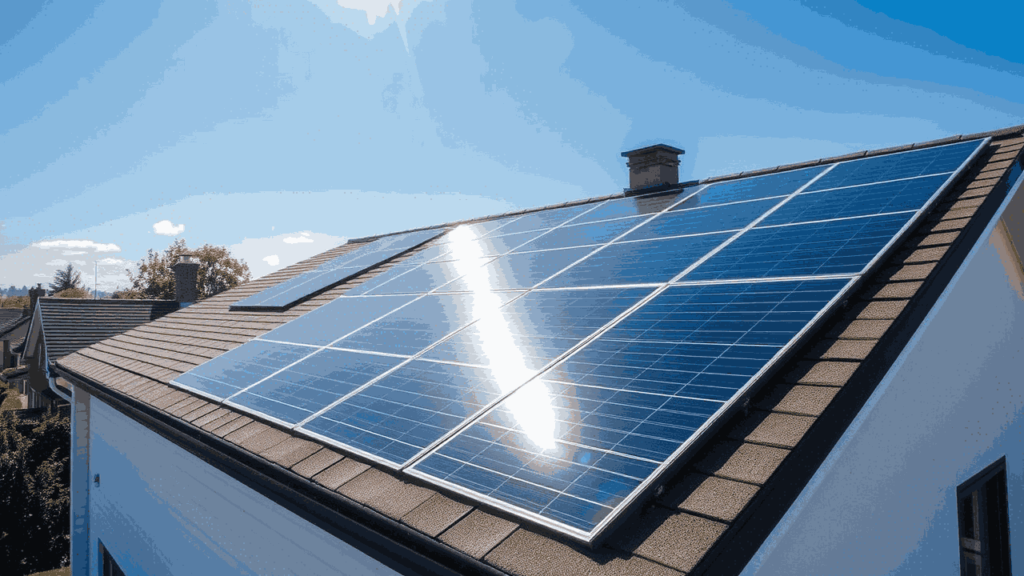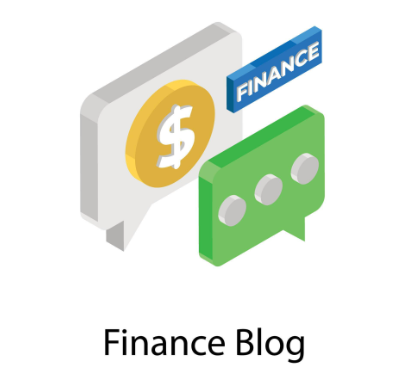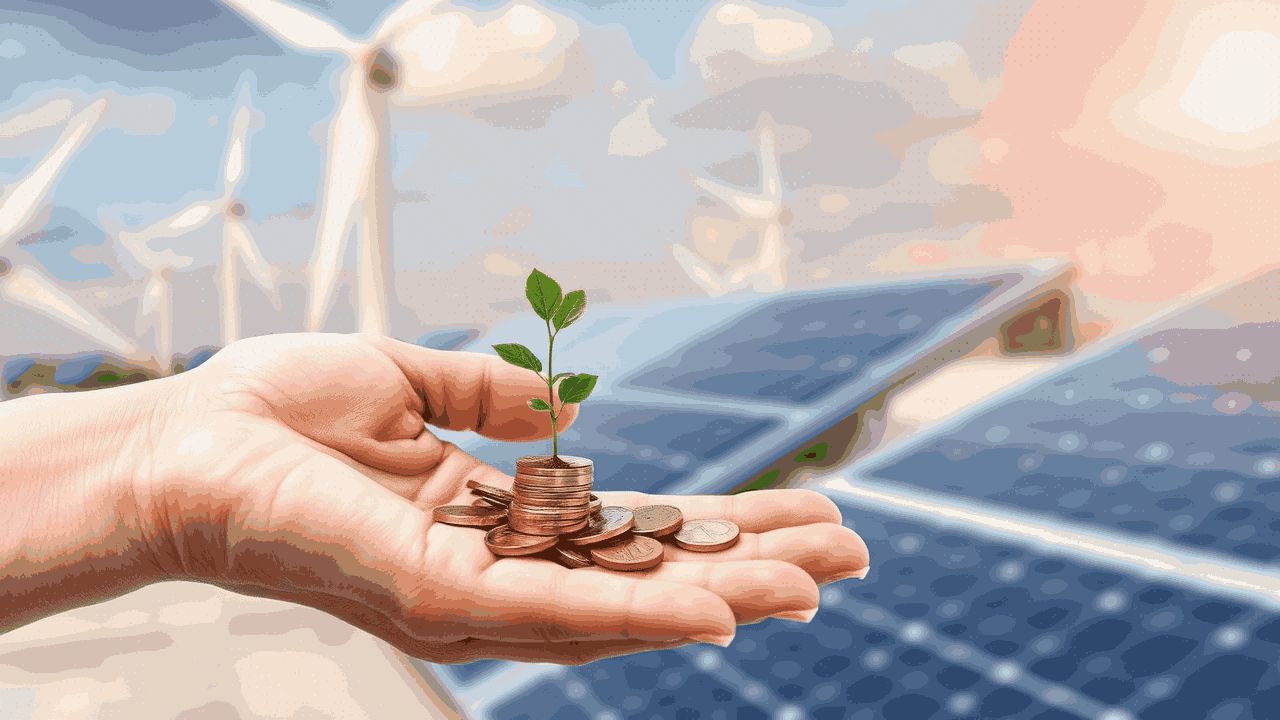Introduction
Imagine sipping your coffee one morning and seeing the headlines on the news – “Climate disasters are on the rise.” Investing for climate change isn’t just about making money; It’s about saving the world with your wallet. In just a few paragraphs, you’ll learn why climate change investing is the most beneficial choice you can make both financially and emotionally – within the first 100 words, I promise!
Table of Contents

1. Why Climate Change Investment is Necessary
- Emotional connection: When we want a better world for our children, investing in climate change feels like leaving them a gift.
- Economic imperative: The US clean energy market is projected to reach $1.5 trillion by 2030, creating a playground for savvy investors.
- Global Responsibility: As U.S. Citizens, it is our duty to help reduce our carbon footprint through smart capital allocation.
2. Climate Change Investment Scenario Combination
2.1 Global trends
- Adoption of renewable energy is skyrocketing in US states like California and Texas.
- Government incentives: The Inflation Reduction Act promoted clean energy.
2.2 Market Drivers
- Technology Advancement: The cost of solar panels has decreased by 80% in the last decade.
- Regulatory Support: Tax credits and subsidies facilitate climate change investments.
3. Types of climate change investments
- equity investment
- Stocks of renewable energy companies (for example, NextEra Energy).
- Stocks of renewable energy companies (for example, NextEra Energy).
- bond
- Green bonds fund projects that reduce emissions.
- Green bonds fund projects that reduce emissions.
- Mutual Funds and ETFs
- Funds like the iShares Global Clean Energy ETF (ICLN).
- Funds like the iShares Global Clean Energy ETF (ICLN).
- Private Equity and VC
- Early-stage startups are innovating in carbon capture.
- Early-stage startups are innovating in carbon capture.
- Community Solar and Crowdfunding
- Local projects are where you can get seed funding.
- Local projects are where you can get seed funding.

4. Investing for climate change: first steps
- goal setting
- Short-term versus long-term financial and impact goals.
- Short-term versus long-term financial and impact goals.
- Assess risk tolerance.
- High-growth solar startups versus stable green bonds.
- High-growth solar startups versus stable green bonds.
- portfolio allocation
- 60% equities, 30% bonds, 10% options (eg split).
- 60% equities, 30% bonds, 10% options (eg split).
- Research and Due Diligence
- Company reports, ESG ratings, third-party analysis.
- Company reports, ESG ratings, third-party analysis.
5. Risk Management and Diversification
- Volatility: Renewable energy stocks could surge 10-20% on a quarterly basis.
- Policy Change: Monitor federal and state regulations.
- Technical Obsolescence: Invest in technical steps to protect yourself.
6. Real life story: Ravi Sharma’s journey
“I previously thought that investing in climate change was complicated,” shares Ravi, an IT professional from Austin. “Then I started with a small green bond fund, and today my portfolio is returning 15%—plus I find that the main planet is struggling.”
7. Best Tools and Platforms
- vanguard: Low-cost ETFs focused on clean energy.
- wealthfront: Automated portfolios including climate-themed funds.
- mosaic: Crowdfunded solar projects.
- morningstar: ESG Ratings and Research.

8. Emotional impact of your investment
- Pride and Purpose: With every quarterly statement, you feel like you’re part of the solution.
- Community Connection: Through local solar cooperatives, you meet like-minded investors.
- Heritage Building: Your investment reduces CO₂ emissions, helping to ensure cleaner air for future generations.
9. Investment Options Comparison Table
| type of investment | Expected Returns (U.S.) | risk level | minimum investment | climate impact |
| renewable energy stock | 8-12% | High | $500 | High (accelerates clean energy development) |
| green bonds | 3-5% | Less | $1,000 | Medium (fund specific projects) |
| clean energy etf | 6-10% | medium height | $100 | High (diversified ploughing) |
| solar crowdfunding | 5-9% | medium | $50 | medium (local installation) |
(Returns are illustrative and based on historical US data.)
10. Frequently Asked Questions (FAQ)
What exactly is climate change investing?
Climate change investing means putting capital into projects, companies or funds that actively reduce greenhouse gas emissions or adapt to climate impacts.
How can I get started with limited funds?
Platforms like Mosaic and Clean Energy ETFs (minimum $50-$100) allow entry-level investors to participate without heavy capital.
Are green bonds safe?
Green bonds are generally less volatile than stocks and are backed by creditworthy issuers, but always check the bond’s rating and project specifications.
How do I measure my impact?
Use tools like CDP or the Morningstar ESG Score, which quantify the CO₂ reduction and sustainability metrics associated with your holdings.
What tax benefits exist for climate investing?
Federal credits such as the Investment Tax Credit (ITC) for solar and wind projects may reduce your tax liability – consult a tax advisor.

12. Conclusion and call-to-action
Investing for climate change isn’t just another financial strategy – it’s a mission. By aligning your investments with your values, you not only receive attractive returns (historically 6-12%), but you also contribute to a sustainable future. Take the first step today:
- Review your current portfolio.
- Identify a climate-focused fund To add this month.
- Join a Community Solar Project In your state.
Let’s turn compassion into action—for both your nest egg and our planet. Share your first climate investing story in the comments below and inspire others to join the green finance revolution!
also read
Decentralized Identity: Empowering Your Digital Life with Privacy and Control 2025
Best Dividend Stocks for Passive Income 2025: Your Guide to Steady Returns

